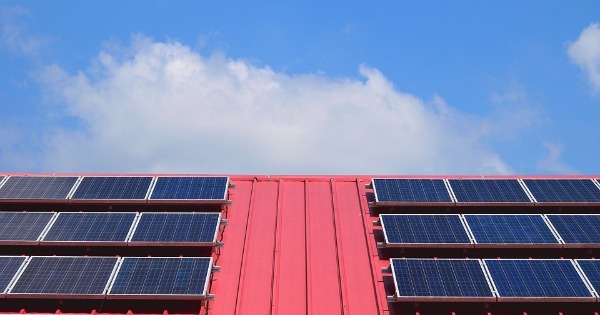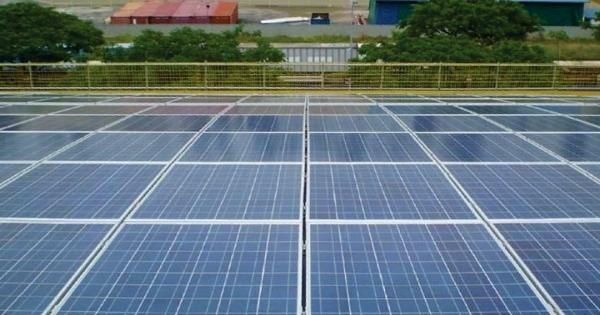The Benefits of Biosolar Roofs

By Trent Cotney, Cotney Attorneys & Consultants.
Biosolar roofs combine the habitat-producing and water-absorbing advantages of green roofs with the energy-creating capacity of solar panels.
You have likely heard about green roofs and how they can regulate the temperature of a building. And you have no doubt heard about solar roofs and how they can reduce electric bills. But did you know what you can combine those two technologies to create biosolar roofs? Biosolar roofs are common in some countries, such as Germany and Switzerland, and they may catch on in the United States, too, as interest in renewable energy increases.
Why Build a Green Roof?
A green roof partially or fully integrates plants into its design, offering a bounty of benefits:
- A more durable roof—The lifespan can increase thanks to a protective layer of plants.
- Financial advantages—Many states and cities have begun providing tax benefits for property owners who choose to add green roofs to their buildings.
- Lowered heating and cooling costs—The plants help reduce internal temperature fluctuations, acting as a natural insulator.
- Reduced runoff—The vegetation helps absorb the rain, which lowers the risk of flooding and overflowing sewer systems.
- Cleaner atmosphere—The plants increase the air’s oxygen levels while also soaking up greenhouse gases and pollution.
- More diverse habitats—Depending on your region and climate, you can incorporate a rich variety of vegetation. Areas with green roofs are seeing a more robust population of birds, insects, and other wildlife.
- Calming effect—Green roofs are peaceful and colorful, providing a pleasing aesthetic for any neighborhood.
Why Use Solar Panels?
Solar panels use photovoltaic cells and glass to create electricity from the sun’s raw thermal energy. Solar is a powerful form of renewable energy with many assets.
- Lower electricity bills—Depending on how many panels you have and your electrical needs, solar rooftops can partially or completely power your building.
- Higher profit—Your solar-powered buildings might produce more energy than you need, enabling you to sell electricity back to the grid. This process helps you recoup your initial investment in the system.
- Cleaner air—Solar power does not produce pollution or greenhouse gases and is one of the cleanest forms of renewable energy you will find.
How the Technologies Work Together
Biosolar roofs combine the habitat-producing and water-absorbing advantages of green roofs with the energy-creating capacity of solar panels. Together, these technologies provide additional benefits:
- Installation: If you are installing A-frame solar panels, a green roof offers ballast and can help keep the panels in place.
- Plant variety: Using solar panels results in the creation of shade underneath them, which can produce three micro-habitats: plants that thrive in sunny, open spaces; those that grow best in shade; and those that like the wetter soil were the runoff collects at the base of the panels. This system supports a wider variety of plants to grow and flourish on the green roof, in addition to encouraging the presence of bees, beetles, and butterflies, which are integral parts of the plants’ ecosystem.
- Temperature: If the area around solar panels is too hot, the panels do not work as efficiently as they should. However, when installed over a green roof, the panels will cool down. This temperature reduction is especially important during the summer or in warmer climates. Green roofs can help regulate the roof’s micro-climate temperature, usually maintaining an average of about 77 degrees F (25 degrees C). This constant temperature can help increase solar energy production.
A Word of Warning
A careful design is critical for a biosolar roof to be successful. For instance, if you place the solar panels too tightly together, plant life will have difficulty growing. Take time to research the types of plants you wish to use and how much space they require. You want to create a balance between the vegetation and solar elements.
Promising Future
While many architects and contractors may think they need to choose between green roofs and solar panels, many are beginning to see that biosolar technology could provide a host of financial and environmental benefits. The plants reduce the heat on a building’s roof, lower the air-conditioning costs, and cut down on the tenants’ carbon footprint. The vegetation may increase air quality, help protect the roof, and be used for food production—or even biofuel.
For a future project, you may want to consider a biosolar roof, which combines these green roof benefits with the renewable energy of solar panels. You just might create a sustainable, efficient building that is kind to the climate and boosts your bottom line.
About the Author: Trent Cotney, CEO of Cotney Attorneys & Consultants, is an advocate for the roofing industry. He serves as General Counsel to the National Roofing Contractors Association and several other national and regional trade associations. For more information, please feel free to contact 1.866.303.5868 or go to www.cotneycl.com.























Comments
Leave a Reply
Have an account? Login to leave a comment!
Sign In